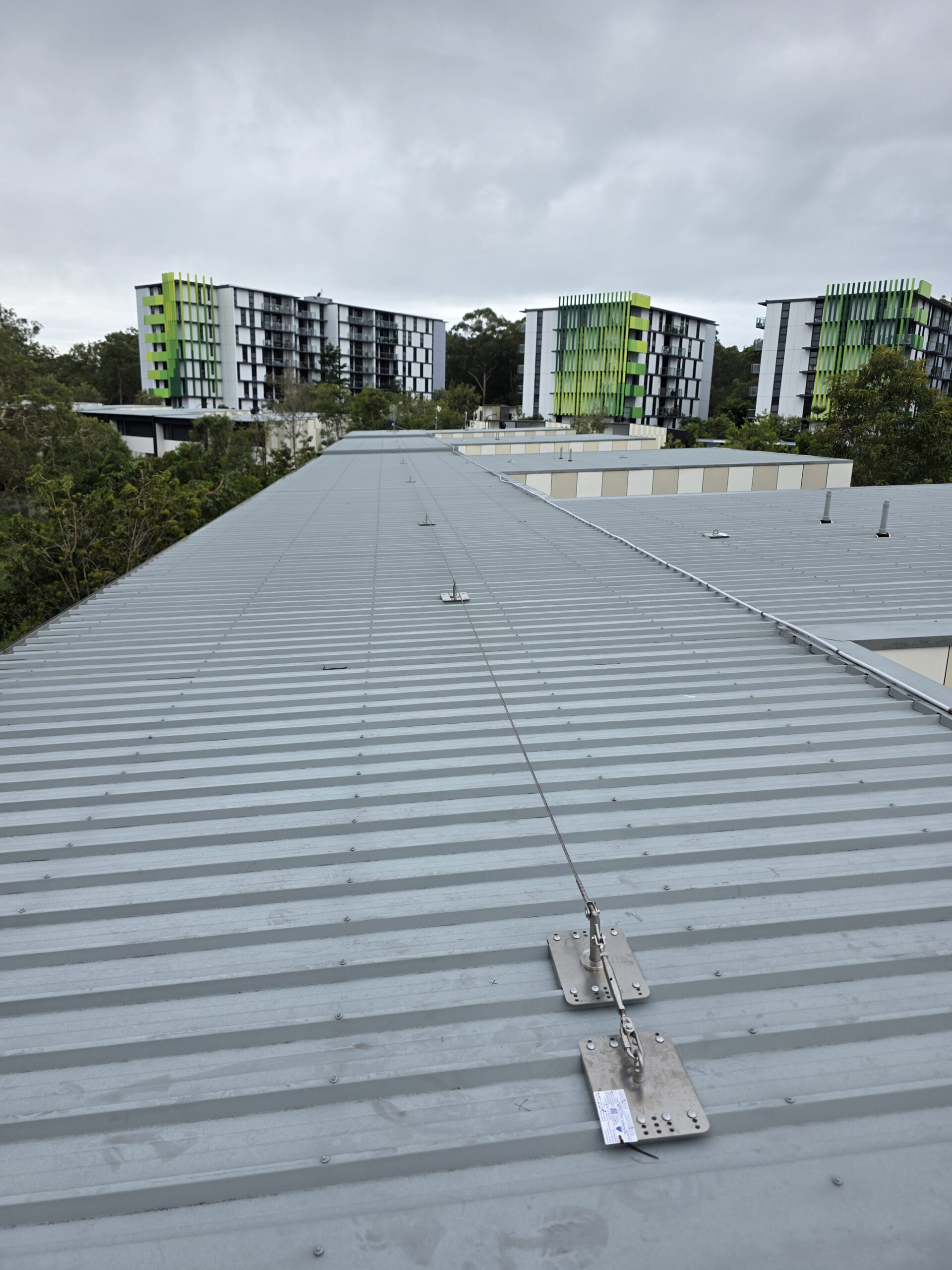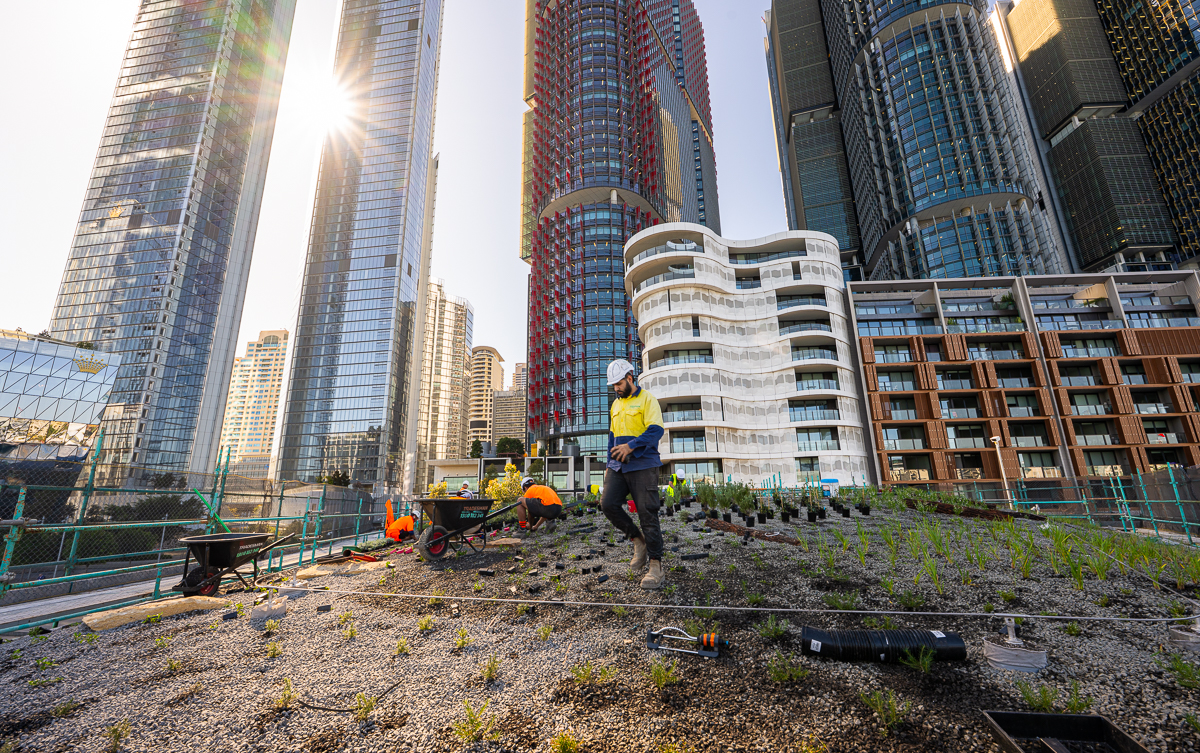Cultivating a Height Safety Culture: Essential Strategies for Leaders and Managers to Champion Workplace Fall Prevention
Falls from height remain one of Australia’s leading causes of workplace fatalities, accounting for 15% of all incidents in 2023, and a concerning 71% rise in 2024 from the previous year.
For leaders and managers, this highlights a critical truth: building a Height Safety Culture is more than compliance, it is about embedding fall prevention and safety into the DNA of your organisation.
There are many ways in which businesses can move beyond minimum standards and create safer, more productive worksites. Here are some essential strategies that leaders and managers can implement into everyday practice.
What Constitutes a Height Safety Culture and Why It Matters?
Good height safety culture goes beyond mere compliance, offering benefits like reduced incidents, a stronger reputation, and importantly, improved worker morale. A strong culture that prioritises fall prevention starts with active leadership, genuine and open communication, and employee engagement, leading to fewer incidents and improved outcomes.
This safety culture involves leadership commitment, hazard awareness, and teamwork to prevent falls and proactively uphold roof safety standards. Core values include:
- Proactive risk management, which helps identify and mitigate hazards early.
- Continuous learning through regular training and learning from incidents.
- Transparent communication. Ensure open reporting of hazards, potential risks and near-misses.
- Shared accountabilitywhere everyone takes ownership of safety.
Cultivating this culture delivers tangible benefits across four key areas:
- Reduced incident rates: Proactive controls decrease fall occurrences.
- Legal & regulatory confidence: Simplifies compliance with WHS Acts and Australian Standards.
- Enhanced productivity: Confident workers reduce downtime and absenteeism.
- Stakeholder trust: Clients and insurers favour safety-first organisations.
Safety Culture vs. Mere Compliance
While compliance meets minimum regulatory requirements, a safety culture instils fall prevention into daily decision-making and behaviours. Compliance reacts and responds to standards, while culture anticipates risks and empowers employees to become proactive. It leverages continuous feedback, training, and visible leadership to dynamically evolve safety measures beyond baseline obligations.
How Leaders Can Drive Proactive Height Safety Culture
Leaders are the driving force behind a strong height safety culture. When management visibly champions safe practices, it signals to every employee that safety isn’t optional — it’s integral to how the organisation operates. Through clear communication, empowerment, and accountability, leaders can turn written policies into lived behaviours across every site.
Visible Leadership Commitment
Leaders set the tone. Their actions define whether safety values take root. Demonstrating commitment can take many forms, such as active mentorship, participation in toolbox talks, regular site walk-throughs, and consistent team education on fall prevention. When leaders engage directly in safety practices, it reinforces trust, boosts morale, and motivates teams to follow suit.
Effective Communication Strategies
Open, consistent communication is the backbone of a proactive safety culture. Leadership should use both formal and informal channels to keep fall prevention at the front of mind of employees and ensure hazards are reported quickly.
Examples include
- Daily toolbox talks: Focus on specific fall hazards and controls.
- Open-door policies: Encourage transparent, real-time reporting of safety concerns.
- Digital feedback oops: Use safety apps or reporting tools to log and track incidents.
Empowering Employee Participation
When employees feel heard and involved, they become active partners in maintaining safety. Empowerment grows through systems that value input and action, such as:
- Anonymous or open hazard-reporting channels.
- Cross-functional safety committees.
- Recognition programs that reward proactive risk management.
- Empowered employees identify risks sooner and contribute to a shared sense of ownership across the workforce.
As a result, these empowered employees can better identify risks and foster collective ownership.
Accountability Models for Sustained Safety
Accountability ensures that safety remains a continuous focus, not a one-time initiative. Clear performance metrics and feedback systems help embed safety into daily operations. Examples include:
- Performance dashboards:Track near-misses, inspections, and training participation.
- Safety recognition programs:Celebrate milestones and reinforce positive behaviours.
- Corrective action protocols:Provide retraining or review following lapses.
Aligning objectives with safety KPIs integrates fall prevention into performance evaluations, keeping safety at the centre of operational excellence.
Implementing an Effective Height Safety Program
Building a culture of prevention requires structure as well as intent. A comprehensive height safety program brings leadership vision to life through practical systems, from identifying risks to installing controls and planning for rescue.
A Comprehensive Risk Assessment Checklist
Every effective safety program starts with understanding where and how risks arise. A systematic risk assessment should:
- Identify hazards:Survey all work-at-height tasks and environments.
- Evaluate risks:Consider fall distances, task duration, and site conditions.
- Document findings:Maintain an up-to-date risk register that guides ongoing improvements.
This foundation ensures every system and procedure reflects your organisation’s broader commitment to a culture of prevention. By building these safety checks and proactive assessments during he project planning stage, businesses can continually strengthen both compliance and confidence in their height safety performance.
Investments in safety culture yield significant dividends through reduced incidents, enhanced regulatory confidence, and a strengthened organisational reputation.
Partner with RISSafetyfor national support, customised solutions, and proven frameworks to elevate your safety performance beyond mere compliance. Reach out today.



